Mad Max: Fury Road ★★★
In a hit-driven commercial climate, creating film franchises makes economic sense. Consumers who enjoyed the first The Best Exotic Marigold Hotel are likely to purchase a ticket to the sequel. Those who have committed more than eleven hours’ viewing to the first six films in The Fast and the Furious series will probably invest in the seventh. Film series encourage a devoted audience. With their extended film-worlds, continuing narratives, and attendant mythologies, film franchises generate enthusiastic followings. Australian director George Miller created Mad Max in 1979. After a three-decade hiatus, the excitement surrounding the latest chapter, Fury Road is palpable.
Continue reading for only $10 per month. Subscribe and gain full access to Australian Book Review. Already a subscriber? Sign in. If you need assistance, feel free to contact us.



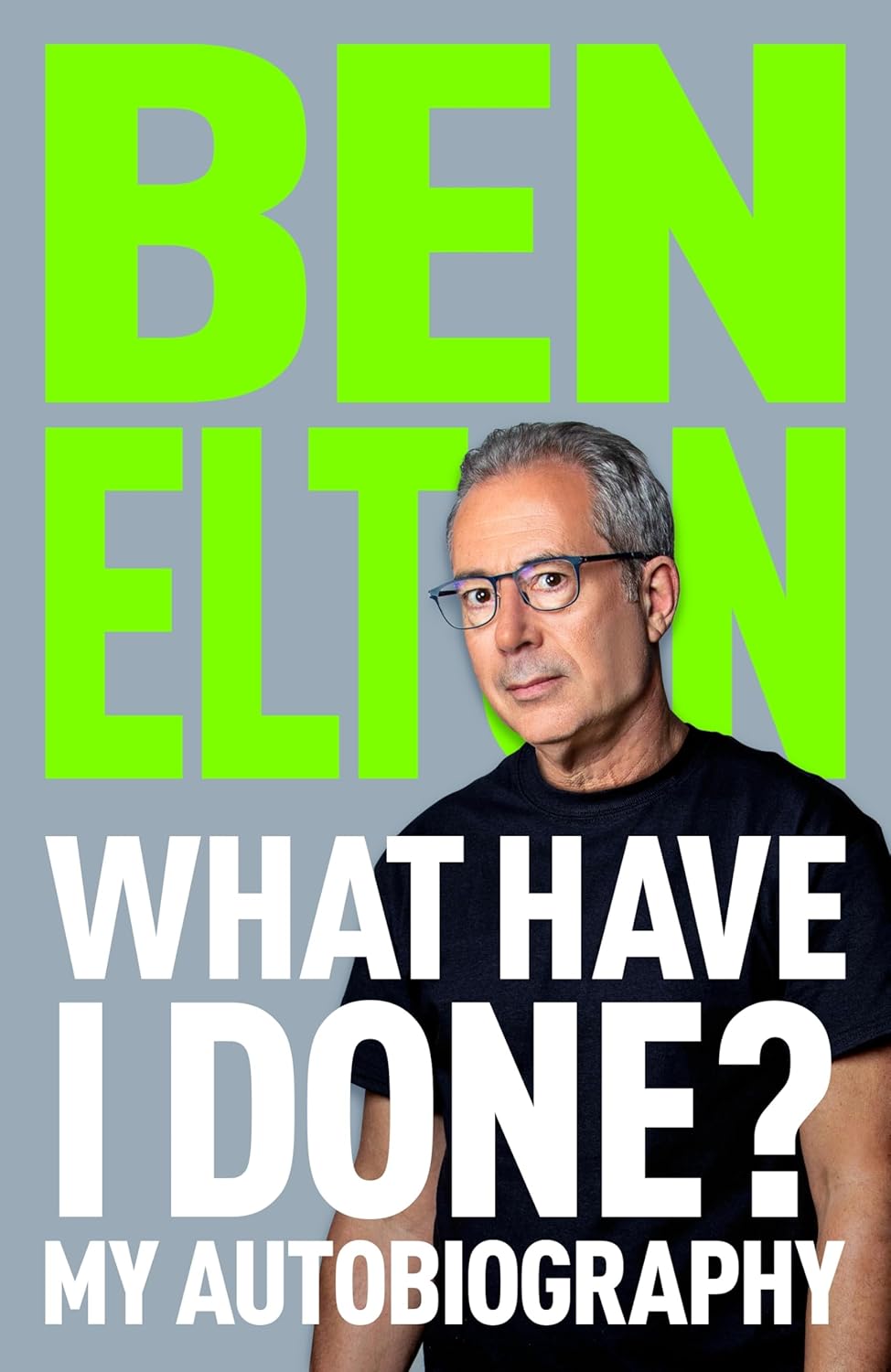
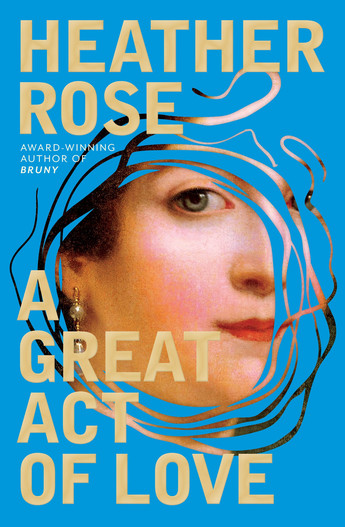
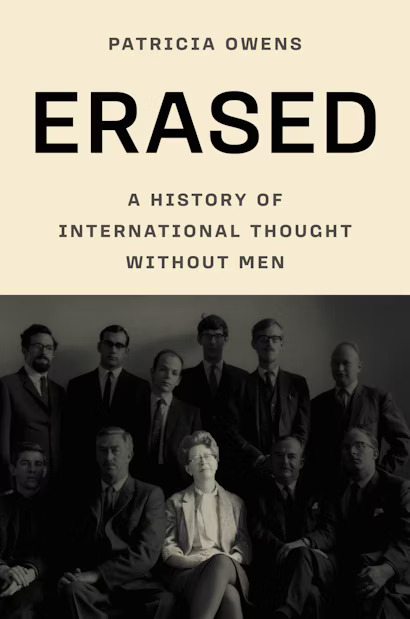

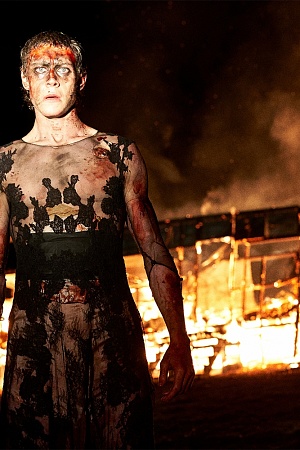

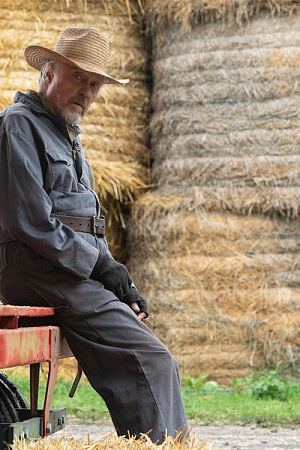
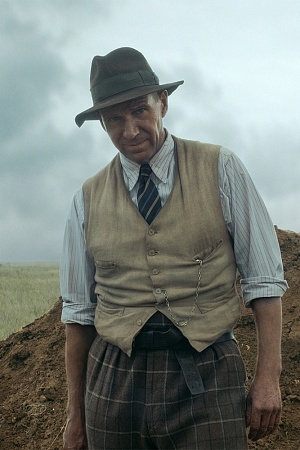
Leave a comment
If you are an ABR subscriber, you will need to sign in to post a comment.
If you have forgotten your sign in details, or if you receive an error message when trying to submit your comment, please email your comment (and the name of the article to which it relates) to ABR Comments. We will review your comment and, subject to approval, we will post it under your name.
Please note that all comments must be approved by ABR and comply with our Terms & Conditions.